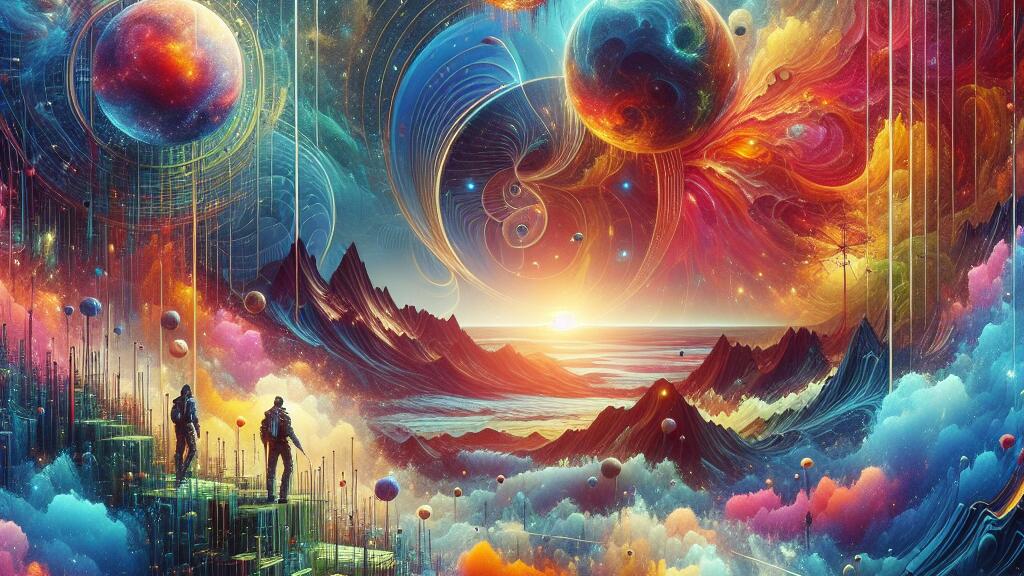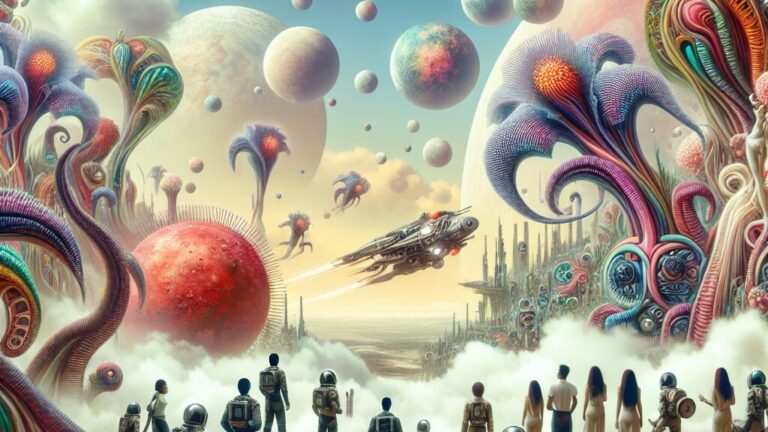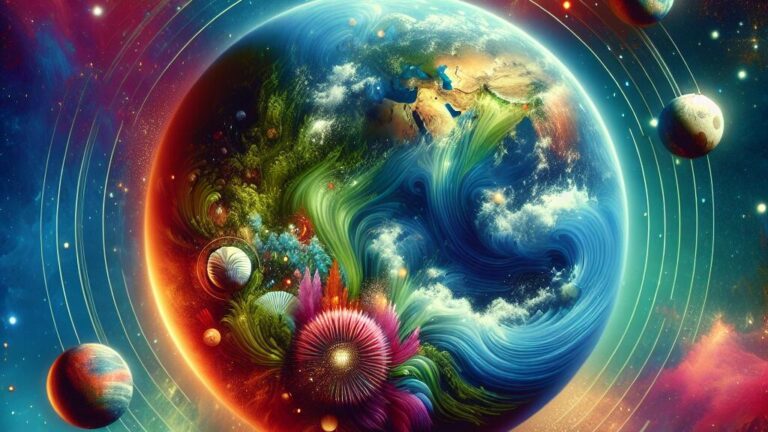Finding Inspiration for Your Art
Inspiration can be found in the simplest moments of everyday life. Observing the world around you with curiosity and openness can lead to unexpected sources of creativity. Take a walk in nature, visit a bustling city street, or flip through a magazine – you never know what might spark a new idea or perspective.
Another way to find inspiration for your art is through exploring different cultures and traditions. Delving into the rich tapestry of human experiences can provide a wealth of themes, colors, and patterns to draw from. By embracing diversity and immersing yourself in various cultural influences, you can infuse your art with layers of depth and meaning.
Exploring Nature as a Muse
Nature has always been a powerful source of inspiration for artists throughout history. The beauty and complexity of the natural world have a way of sparking creativity and igniting the imagination. From the vibrant colors of a sunset to the intricate patterns of a leaf, nature offers a seemingly endless array of visual stimuli for artists to draw from.
Many artists find solace and inspiration in spending time outdoors, whether it’s hiking through lush forests, strolling along sandy beaches, or simply sitting in a peaceful garden. The sights, sounds, and smells of nature can awaken the senses and evoke a deep emotional response. By closely observing the natural world and immersing oneself in its rhythms, artists can tap into a wellspring of creativity that often leads to the creation of breathtaking works of art.
Developing Your Own Style
Developing your own style as an artist is a fundamental aspect of creating unique and memorable visual art. Your style is a reflection of your personality, experiences, and creative vision. It is a way for you to communicate your individuality and perspective to the world through your artwork. While it’s important to draw inspiration from other artists, it’s equally important to experiment with different techniques, mediums, and subjects to develop a style that is uniquely yours.
To develop your own style, start by exploring different artistic movements, genres, and techniques that resonate with you. Take the time to analyze what draws you to certain artwork and incorporate those elements into your own pieces. Don’t be afraid to push boundaries and think outside the box. Embrace your strengths and weaknesses as an artist, as they are what make your style authentic and distinctive. With dedication, practice, and a willingness to take creative risks, you can cultivate a style that is unmistakably yours and sets your artwork apart from others.
Embracing Abstract Expressionism
Abstract Expressionism is a dynamic art movement that emerged in the mid-20th century, placing emphasis on the expression of emotions and ideas through abstract forms. Artists who embrace this style often prioritize spontaneity and gesture, allowing their subconscious thoughts to dictate the artwork’s direction. By utilizing bold brushstrokes, drips, and splatters, Abstract Expressionists create pieces that are not bound by traditional conventions, inviting viewers to interpret the artwork in a personal and subjective manner.
One of the key elements of Abstract Expressionism is the emphasis on the artist’s emotional state during the creation process. Artists often draw inspiration from their innermost thoughts and feelings, channeling them onto the canvas in a raw and unfiltered manner. This uninhibited approach to artmaking encourages both the artist and the viewer to engage with the piece on a visceral level, transcending the need for a clear narrative or figurative representation. In embracing Abstract Expressionism, artists have the freedom to convey their deepest emotions and connect with audiences on a primal, emotional level.
Understanding Composition and Balance
When creating visual art, understanding composition and balance is crucial in producing a harmonious and aesthetically pleasing piece. Composition refers to how elements are arranged within the artwork, while balance involves distributing visual weight throughout the piece. By carefully considering these factors, artists can guide viewers’ eyes and evoke specific emotions.
One common technique used in composition is the rule of thirds, where the artwork is divided into a grid of nine equal parts by two horizontal and two vertical lines. Important elements are then placed along these lines or at their intersections to create a balanced and visually interesting composition. Additionally, artists can experiment with symmetry, asymmetry, leading lines, and negative space to further enhance the overall balance of their work.
Implementing the Rule of Thirds
When it comes to creating visually appealing art, understanding the rule of thirds can significantly enhance the composition of your work. The rule of thirds involves dividing your canvas into a grid of nine equal parts using two horizontal lines and two vertical lines, resulting in a tic-tac-toe-like pattern. By placing the focal points or elements of interest along these lines or at the points where they intersect, you can create a more dynamic and balanced composition.
Implementing the rule of thirds in your artwork can help guide the viewer’s eye through the piece in a more engaging and aesthetically pleasing way. Instead of centering your subject in the middle of the canvas, consider positioning them off-center to create a sense of movement and interest. This technique can add depth and visual interest to your art, making it more captivating and allowing for a more natural flow for the viewer’s gaze.
Capturing Emotions Through Art
Capturing emotions through art is a powerful way to connect with viewers on a deeper level. By infusing your work with a range of emotions, you can create pieces that resonate with others on a personal and impactful level. Whether it’s joy, sadness, anger, or love, the emotions you convey in your art can evoke a strong response from those who experience it.
To effectively capture emotions in your art, consider the use of colors, shapes, and techniques that align with the feelings you want to express. Bright and bold colors can convey happiness and excitement, while dark and muted tones may evoke feelings of melancholy or serenity. Experiment with different brush strokes, textures, and compositions to further enhance the emotional impact of your artwork. By thoughtfully incorporating these elements into your pieces, you can create art that speaks to the hearts of others.
Using Color Psychology to Convey Feelings
Color psychology plays a vital role in conveying emotions and eliciting specific feelings in visual art. Different colors have the power to evoke various emotions within viewers, creating a profound impact on how the artwork is perceived. Understanding the psychology behind colors can help artists effectively communicate their intended message and evoke the desired response from their audience.
Warm colors such as reds, oranges, and yellows are often associated with energy, passion, and warmth, while cool colors like blues and greens can evoke feelings of calmness, tranquility, and serenity. By strategically selecting and combining colors in their artwork, artists can create a visual language that resonates with viewers on an emotional level, drawing them into the piece and creating a lasting impression.
FAQS
How can I find inspiration for my art?
You can find inspiration for your art by exploring nature, looking at other artists’ work, experimenting with different mediums, and keeping a sketchbook handy to jot down ideas.
How do I develop my own artistic style?
Developing your own style involves experimenting with different techniques, mediums, and subjects until you find what resonates with you. It’s important to embrace your unique perspective and let your personality shine through in your art.
What is abstract expressionism and how can I incorporate it into my artwork?
Abstract expressionism is a style of art that emphasizes the expression of emotions and ideas through abstract forms and colors. You can incorporate abstract expressionism into your artwork by experimenting with bold brushstrokes, vibrant colors, and non-representational forms.
How can I improve the composition and balance in my art?
You can improve the composition and balance in your art by following the rule of thirds, which involves dividing your canvas into nine equal parts and placing your focal points along the intersecting lines. This helps create a visually appealing and harmonious composition.
How can I use color psychology to convey emotions in my artwork?
Color psychology is the study of how colors can impact human emotions and behaviors. You can use color psychology to convey emotions in your artwork by choosing colors that evoke specific feelings, such as using warm colors like red and orange to convey passion or cool colors like blue and green to convey calmness.







